Science & Technology + Art & Design Hybrid Innovation (STADHI)
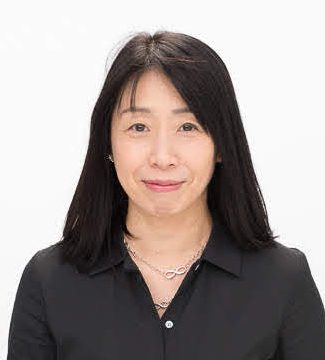
グループリーダー 野原 佳代子
目的
科学技術とアート手法の実験的融合により、人の根源的・身体的な感覚、心理、価値を反映させた新しい技術を開発するとともに新しいアート/デザイン作品を創出し、東工大から発信していきます。
サテライトラボ紹介ビデオはこちら。
期待される成果
- 社会的問題に取り組む課題別研究プロジェクト群による、オリジナルな製品・サービス開発とアート/デザイン作品の公開
- 科学技術×アートの有機的な融合を促進するプロセスを概念モデル化
さらなるインパクト
- イノベーション人材育成としてグローバルに注目されるSTEAM教育の実践に寄与します。
東工大×ロンドン芸大CSMが合同でSTEAM型教育/人材育成プログラム(科目モジュール群)を構築し 大学教育・企業研修・生涯学習支援等として実践することで、研究成果を社会に還元します。
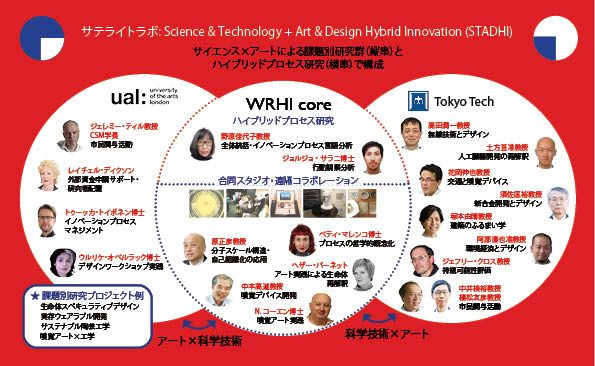
Satellite Labo野原グループ
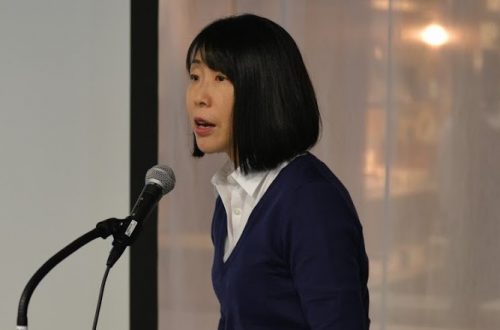
「ポスト・ノーマルサイエンス」(Funtowicz and Ravetz)と呼ばれる時代、複雑な社会課題は、分断されたディシプリンと文化の中で閉じて議論していても解決ができません。不確実性、ノイズを受け入れて事態を見つめ直し、新たな問いを立てる方法論が必要です。本ラボは、これまで私たち研究者が無意識に均一的になぞってきた思考フレームを問い直す新学術融合分野を目指します。どんな科学でも、アートと隣り合わせの一面を持っています。多くの研究者、アーティスト、デザイナーと可能性を模索していきたいと思います。
ハイブリッドプロセス研究
感覚・心理・価値を科学技術/アートに反映させる融合プロセスを概念モデル化し、教育や人材育成に応用
課題別研究プロジェクト群
ウェアラブル開発
天候を反映する服、パーソナルスペースマスク、高齢者コミュニケーションデバイス開発とプロトタイプ制作
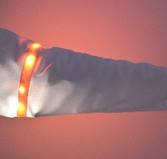
スペキュラティブアート/デザイン
生命体をめぐる科学技術をアート思考で読み替え問い直す。分子スケール構造・自己組織化・人工臓器開発など

嗅覚デバイス開発
生活に香りを取り入れるシミュレーションと効果実験→プロダクトとサービスの提案
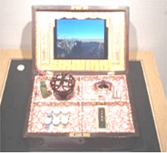
持続可能な陶器製造研究
釉薬などの工学的技術、アート/デザイン、サステナビリティ評価を組み合わせ、環境にやさしい持続可能な陶器製造技術と文化を提案する。
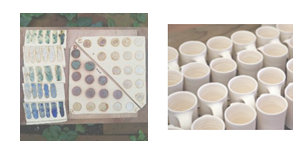
Interviewインタビュー
-
Betti
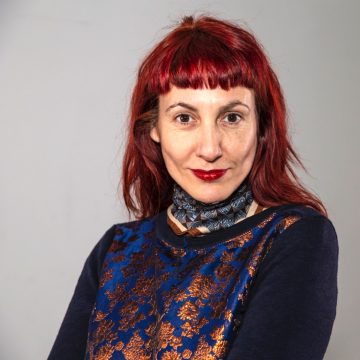
Can you briefly describe your research at WRHI?
My research articulates a philosophical rationale for transdisciplinarity, fosters critical thinking around technological innovation, and promotes design-led responses to multiple issues arising in the way technology is thought and discussed, in a variety of settings: academic, institutional, research-led, public, student-facing. WRHI is giving me the opportunity to engage with a community of world-class scientists and technologists, and work together at experimenting with, developing, articulating and disseminating an ambitious and innovative transdisciplinary research project. Specifically, with my background in philosophy and social sciences, and my experience of working at the intersection of humanities and design – both in theory and in practice – WRHI offers the ideal platform where I can develop, test and refine new research methods in a broad range of settings. For example, teaching my elective course for postgraduate and PhD students, each bringing their own distinctive expertise and specific field of studies to bear with the topic of the course, curated broadly around how to develop design-led and future-facing instruments and skill sets suitable to reflect critically on science and technology; working alongside Professor Nohara and colleagues (both at TokyoTech and at CSM) to organize outreach and dissemination through public, semi-public and faculty-only events, and industry-tailored workshops; and through our ongoing collaboration towards producing written outputs for peer-reviewed journals (I have one single-authored article at peer-review stage scheduled for publication in early 2021, and another one jointly-authored in development).
What opportunities does this collaboration open up for your research and/or career?
Being involved in collaborative activities with the Nohara Lab and the team has pushed my research into investigating the theoretical rationale for transdisciplinarity, building capacity, expertise and knowledge to scaffold our common research into hybrid methodologies that can capitalize on the encounter between art and design on one side and science and technology on the other, and deploying the humanities as the ‘hinge’ that can connect, engage, articulate and enact such methods in practice. None of this work would have been even conceivable were it not for the collaborative ethos, resources and incredible collegiality found at Tokyo Tech. This collaboration is providing rewarding opportunities not only towards the expansion of my field of research, but towards promoting it across a much wider range of audiences – by showcasing our unique collaborative standpoint that is at once transdisciplinary, transcultural and transnational. The potential reward in terms of career progression are already evident in the current international appetite for a transdisciplinary approach able to address the new post-pandemic normal through building resilience, collaboration and engagement with challenge-driven research.
What do you plan to achieve through this collaboration?
New methods, content and outputs feeding into impactful research dissemination (conferences, publications, paper presentations); knowledge exchange (liaising with industry partners, and the wider public); curriculum and academic development (building resources to create new modules across our two institutions). Transferrable leadership skills. Network-building.
-
Masahiko Hara
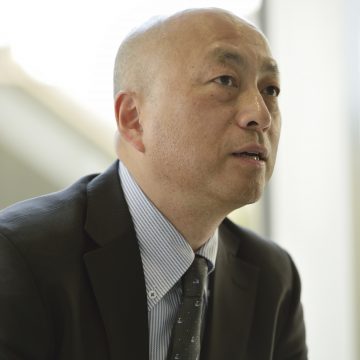
Can you briefly describe your research at WRHI?
My research at WRHI focuses on self-assembly processes in nature, which are studied by high-resolution microscopies and spectroscopies. This involves the fabrication and characterization of novel molecular and materials structures and functions based on nanotechnology. The study of chemical evolution and spatio-temporal dynamics can lead to important findings on the origins of natural intelligence, and the origins of life more broadly. The emergence of a novel social value based on these studies is developed in collaboration with speculative design approaches.
What opportunities does this collaboration open up for your research and/or career?
This collaboration will open up novel approaches in advanced materials and nanotechnology to deliver novel functionality and device architecture, and also a paradigm shift and game change in science and engineering research methodologies to awaken researchers from conventional viewpoints and discussion points.
What do you plan to achieve through this collaboration?
Collaboration with the speculative design scheme will provide novel topologically and dimensionally controlled meta-molecular/materials’ structures and functions to implement novel devices, objects, and media in society.
